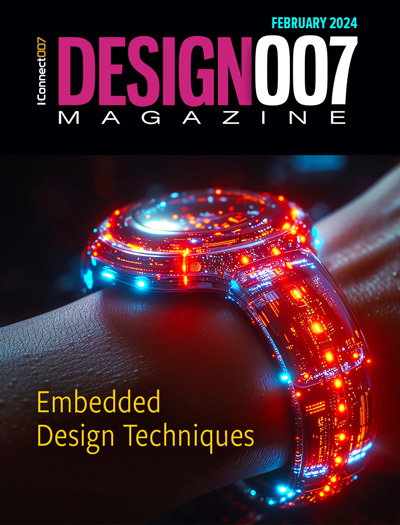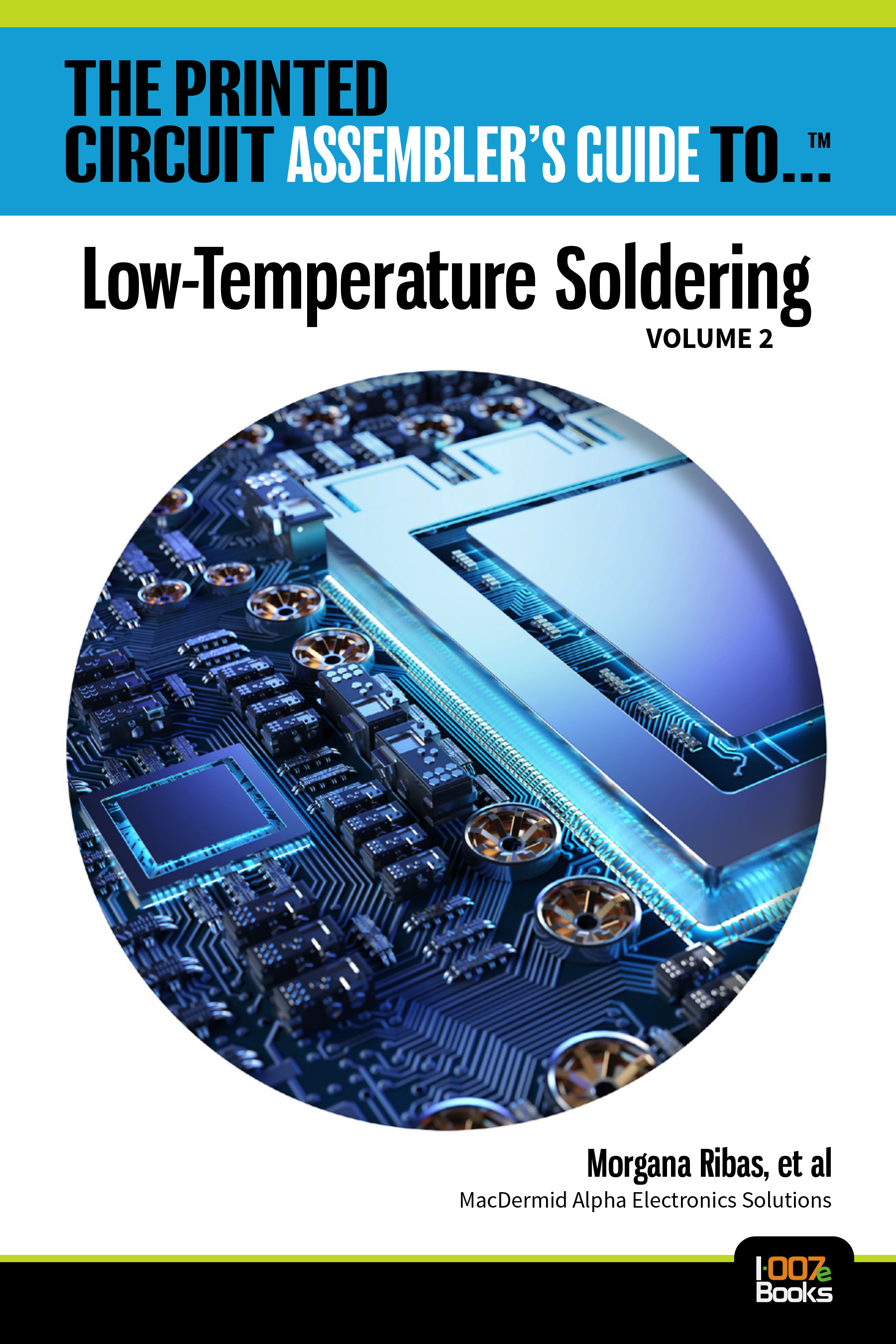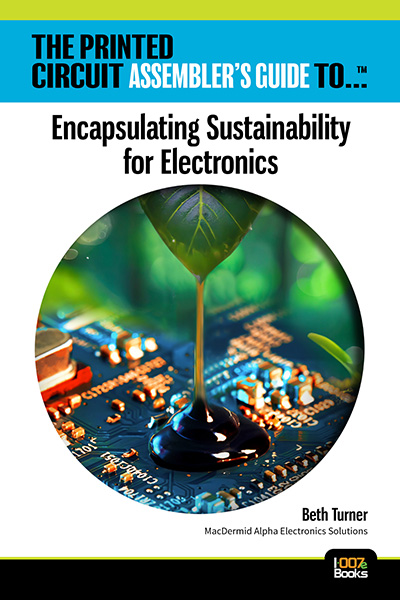-

- News
- Books
Featured Books
- design007 Magazine
Latest Issues
Current Issue
Level Up Your Design Skills
This month, our contributors discuss the PCB design classes available at IPC APEX EXPO 2024. As they explain, these courses cover everything from the basics of design through avoiding over-constraining high-speed boards, and so much more!

Opportunities and Challenges
In this issue, our expert contributors discuss the many opportunities and challenges in the PCB design community, and what can be done to grow the numbers of PCB designers—and design instructors.

Embedded Design Techniques
Our expert contributors provide the knowledge this month that designers need to be aware of to make intelligent, educated decisions about embedded design. Many design and manufacturing hurdles can trip up designers who are new to this technology.
- Articles
- Columns
Search Console
- Links
- Events
||| MENU - design007 Magazine
Elementary, Mr. Watson
Column from: John Watson
John Watson, CID, has been in the electronics industry for 40 years, with 20 of them being in PCB design. With a career started in the U.S. Army in the early 1980s, where he worked as an electronics technician on top-secret military systems. In the early 1990s, the electronics industry changed how repairs were done, going from a component level to board level. With that, John reinvented himself, moving into the PCB design and engineering field. With an extraordinary career that has placed him on the cutting-edge of technology with top-rated companies around the world, John is a highly sought-out consultant, writer, and speaker. But his real passion lies in mentoring and teaching—especially the next generation of PCB designers and engineers—and reminding them that they are the builders of dreams. As of March 2022, he is referred to as Professor Watson at Palomar College in San Marcos, California.


